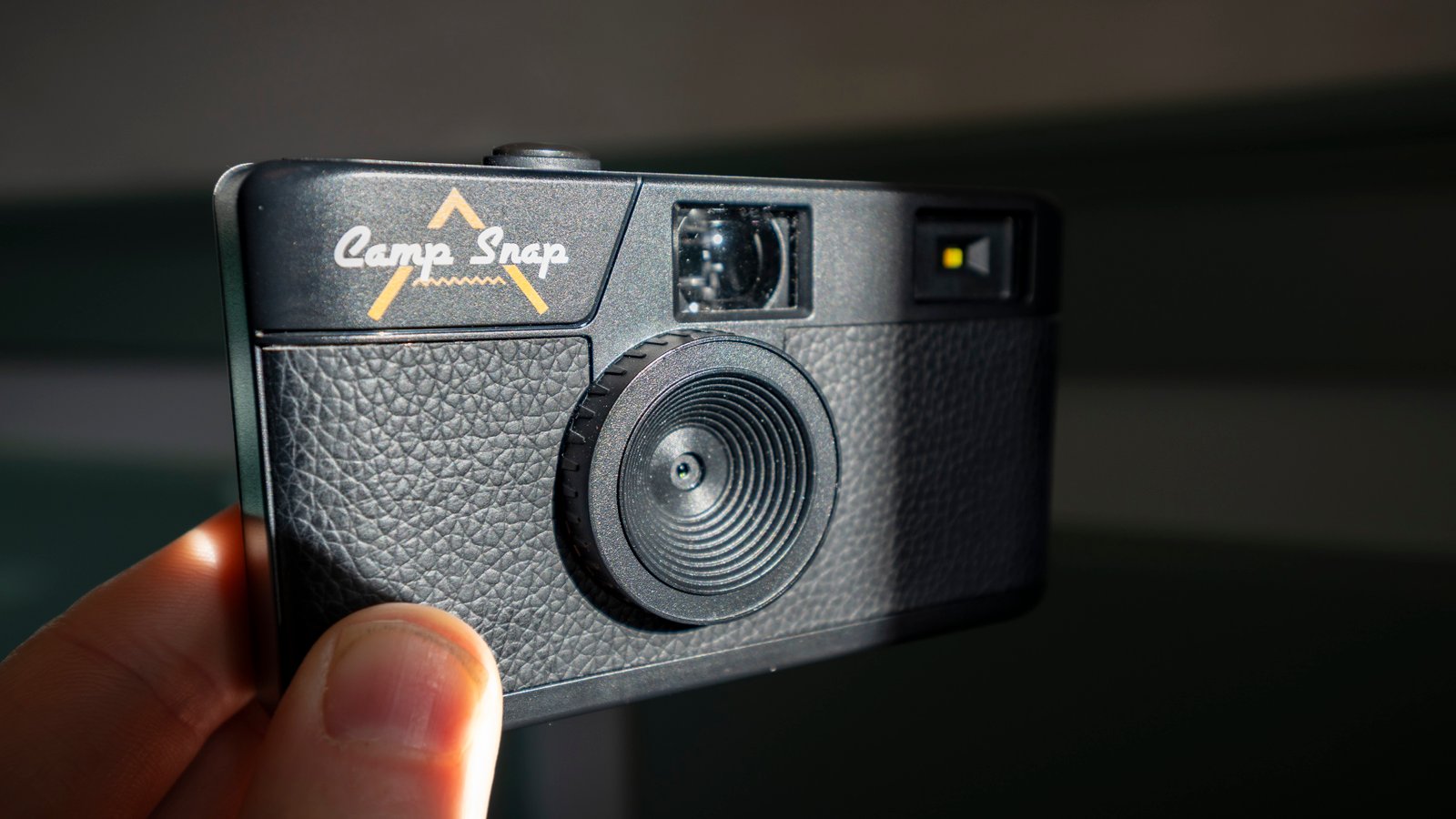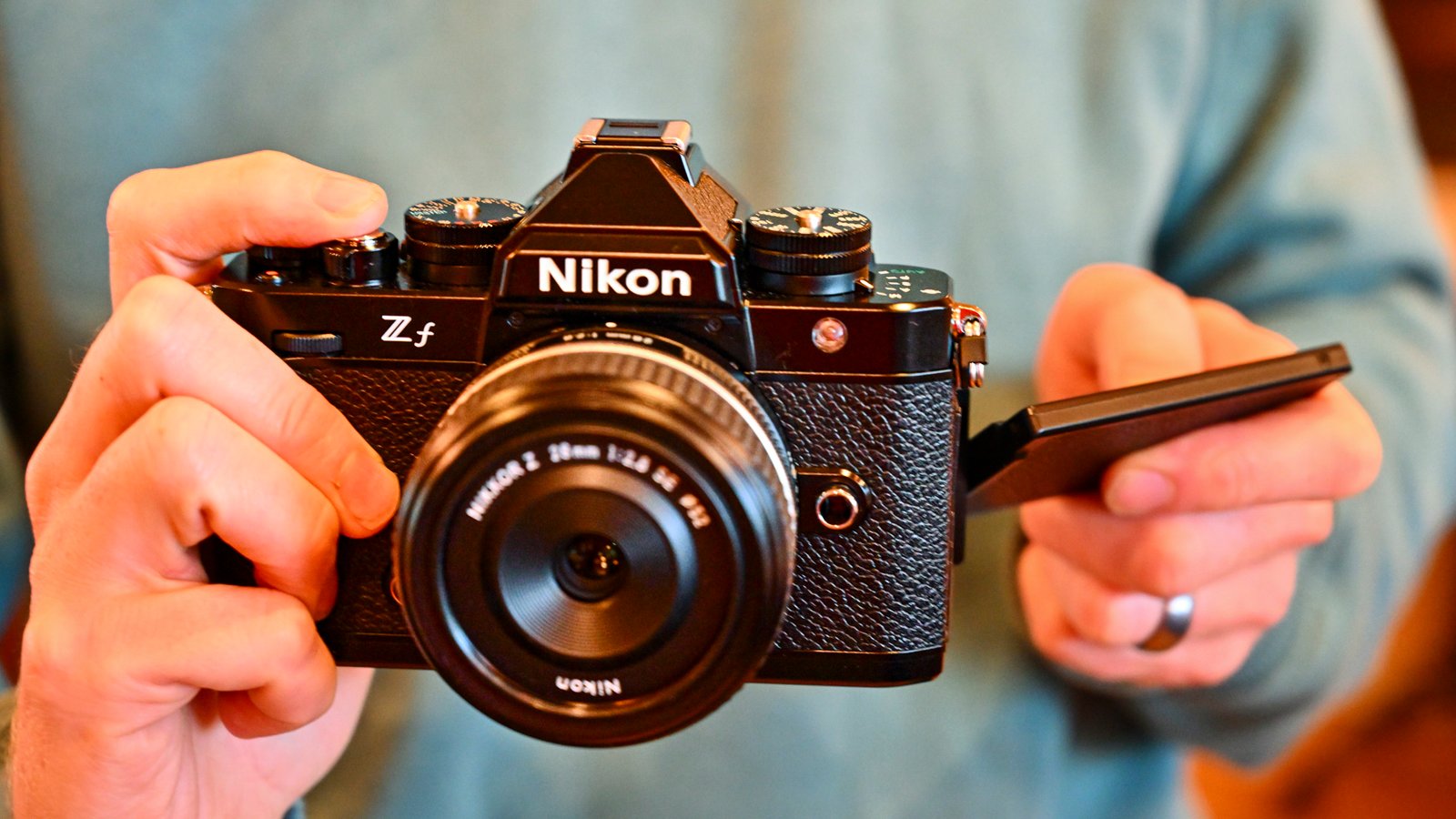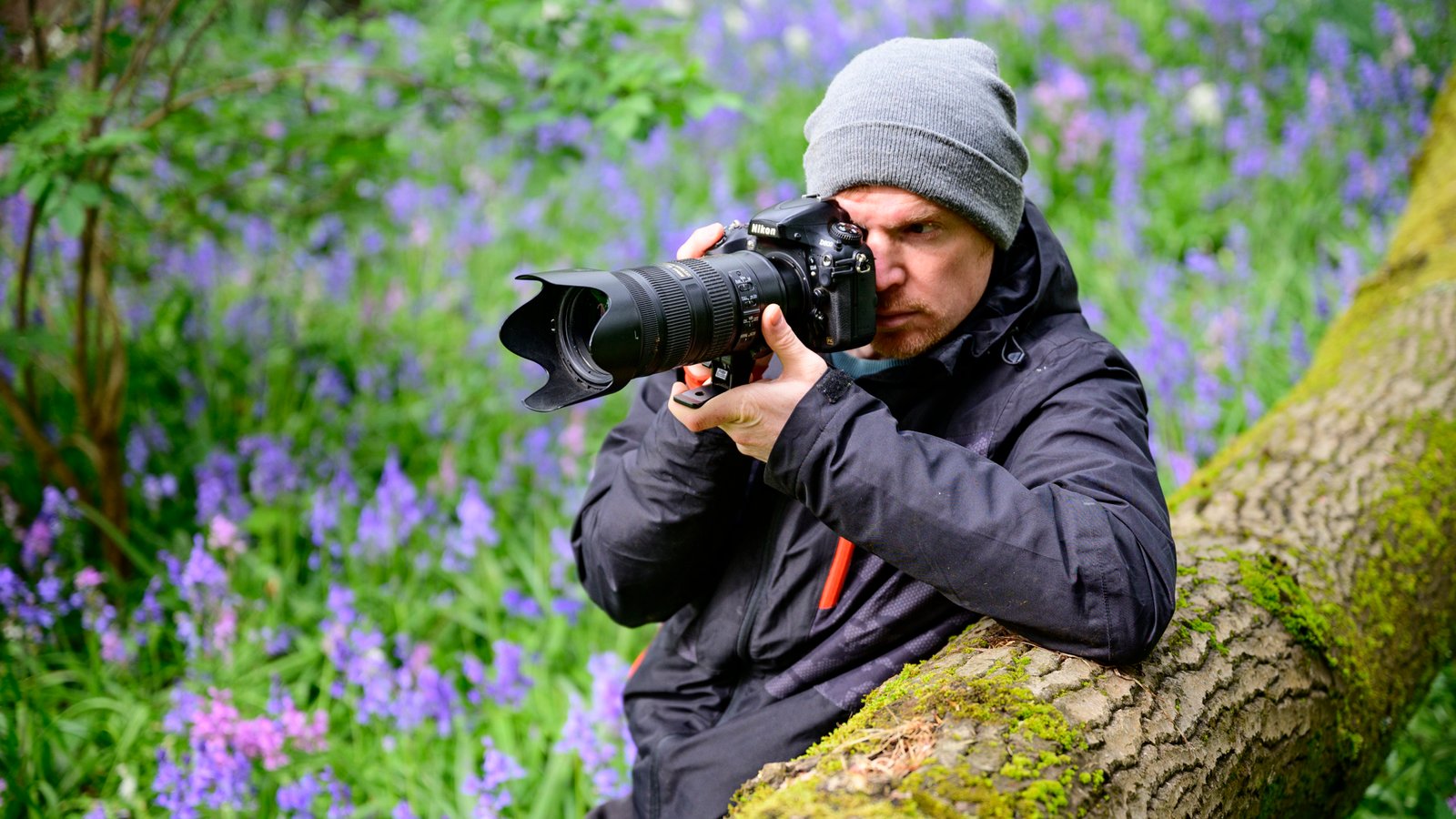Compose, shoot, review, repeat. I don’t know about you, but that’s my experience making pictures. With today’s best cameras, we largely rely on a useful live view for image composition and instant playback – it’s part of the modern photography experience.
The thing is, my day job as TechRadar’s Cameras Editor is predominantly screen-based. And when I close the laptop at the end of a working day, there’s my phone. So. Much. Screen. Time. And when I pick up a camera and start taking photos, which I do both for work and as a hobby, there’s another screen to look at.
I’ve previously written about how going for a local photography walk and leaving my phone behind was good for my wellbeing. But even on such occasions, with just a ‘proper’ camera in hand, being sucked into a live view display to compose and instantly review images can remove me from the moment.
So how about going one step even further than ditching my phone – why not try making pictures without using a helpful LCD display?
How is that possible in a digital world, I hear you ask. It’s a challenge for sure, but it is possible. Let me walk you through some of the gear that’s available for the ultimate stripped-back experience, how I adopted a screen-less photography practice for a week, and what the challenge taught me.

Are there screen-less cameras?
There are more options than you might think. Of course, the best film cameras are screen-less, but I personally don’t shoot film much these days.
A lesser-known fact is that there are also a few screen-free digital cameras. Camp Snap camera nailed the concept with its simple, single-use-style compact, born out of a vision for making cameras that young kids could actually take on summer camps. However, I want better photo quality than the lo-fi snaps it takes.
Fujifilm recently launch the X half – a fun analog-inspired digital compact with a film roll mode that deactivates the screen, meaning you’re reliant on the small look-through optical viewfinder to compose shots instead. It’s addictively fun.
At the other end of the scale, Leica’s M11-D is a pricey 61MP full-frame rangefinder with no screen at all. I wrote about how that camera was the closest experience to analog photography I’d had with a digital camera (that was before I tried the Fujifilm X half)
However, those are all pretty niche cameras, none of which I own. What I’ve done instead is look for ways to take the screen out of the equation when using my own regular camera.

Can I go screen-less with my camera?
Go back a little further and there are plenty of options for shooting digital, screen-free.
DSLRs have a screen, but you really don’t need to use it. As helpful as live view is for checking focus and composition, it’s easy enough to shoot with one of the best DSLRs using only the optical viewfinder (OVF).
In fact, with Nikon DSLRs, autofocus performance is much better when using the OVF rather than the rear screen. The only issue is that images pop-up on screen after you’ve taken a shot.
Depending on the DSLR, mirrorless or compact camera model, there could be a neat hack for a screen-free experience: any model with a flip out screen will allow you to spin the display around and fold it back into the body with the screen completely hidden from view.
It feels counter-intuitive to completely pack away a screen that’s designed to give you the most flexible viewing experience and allows you to shoot at awkward angles. But it works, and, depending on the model, it can help to create an aesthetic that a screen would detract from, especially for retro-styled models from the likes of Fujifilm, Nikon and OM System – the Nikon Zf springs to mind.
Alternatively, most mirrorless, DSLR and compact cameras have an option to simply deactivate the display – for mirrorless cameras you can switch between LCD and EVF displays, or turn both off. However, you’ll need to be using a camera with external buttons and controls in order to make adjustments to camera settings, not one with screen-only controls.

How was the experience shooting screen-free?
If you’re used to relying on a screen, there’s no doubt that it can initially feel uncomfortable to not have one. I’m very used to being guided by the display, and instantly reviewing what I shoot to help me further improve the next shot.
When you’re out in nature or making portraits, however, constantly referring to a screen does somewhat take you out of the moment. For portraits especially, it’s harder to interact with a subject when you’re glued to a screen.
That’s why you might see wedding and studio photographers locking off their camera on a tripod, cable release in hand. Such a setup enables them to fully engage with their subject as they take pictures, ready to capture those authentic moments.
Naturally, to get good photos without a visual guide, you’ll need to be intimately familiar with your gear – how your camera’s autofocus works, what the field of view is with your chosen lens and focal length. and so on.
Master that, and you’ll be surprised by how well your photos can come out without the need to compose and review them using a screen. Utilizing a viewfinder display to compose shots could be an acceptable compromise to an LCD.
It’s no bad thing to walk away from a location, or from a photo shoot, without knowing if the photos you’ve taken are perfectly composed and exposed – photographers were doing that for years before the advent of digital.
I’m not about to do away with my camera’s screen for good, but it’s good to know that I can still enjoy my photography on the days when I need a digital detox.













